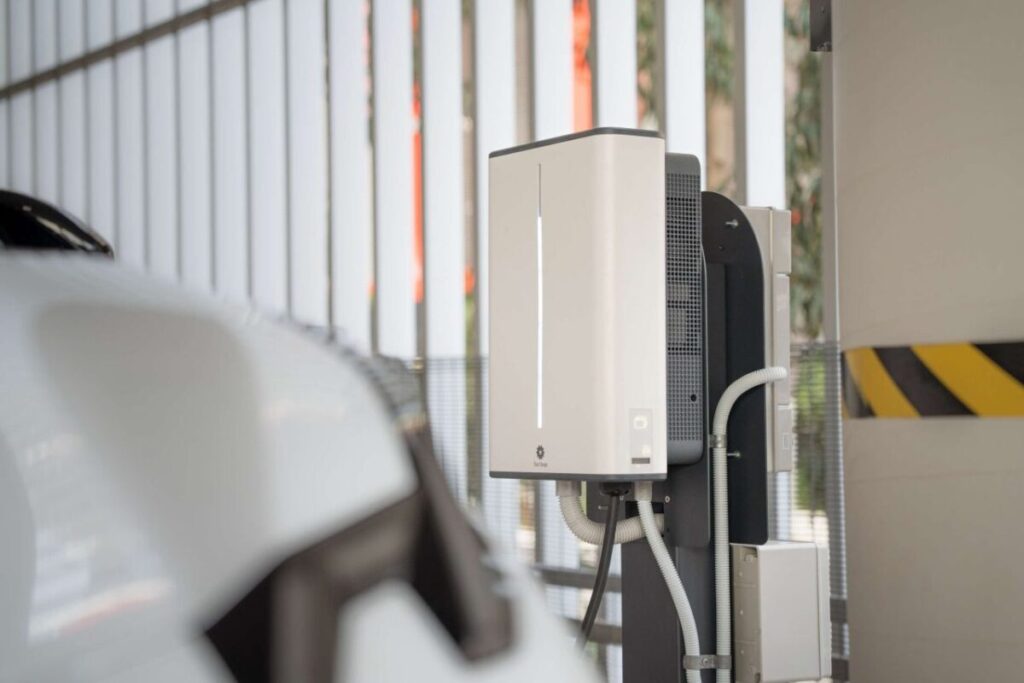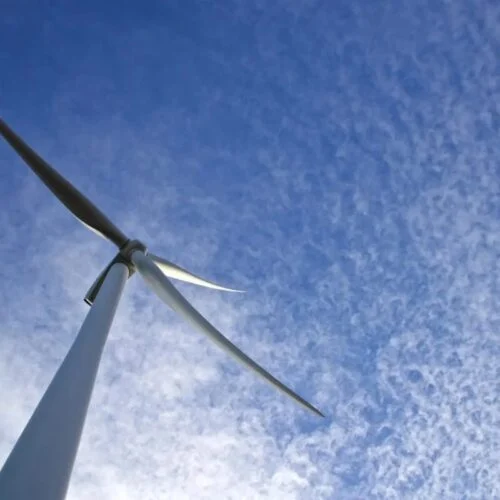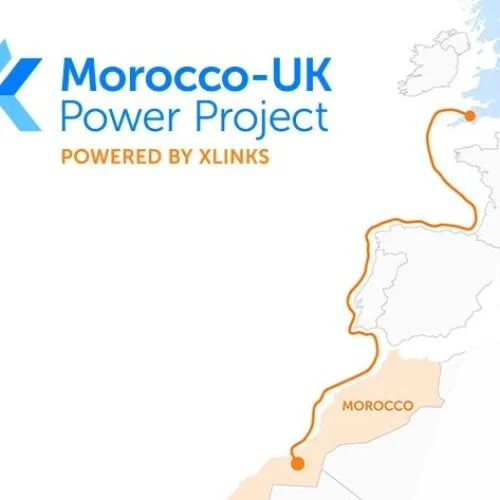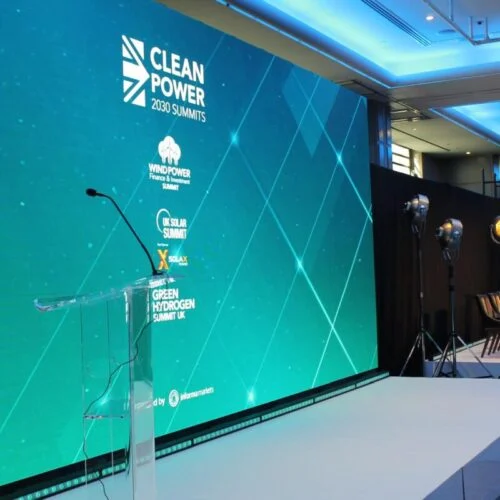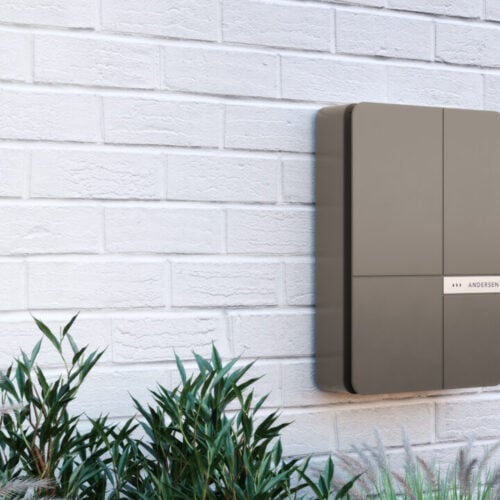Australian network company Ausgrid has successfully connected a vehicle-to-grid (V2G) system to its electricity network.
Ausgrid’s electricity network covers 22,275 square kilometres in Sydney, the Central Coast, and the Hunter Valley and is a key player in Australia’s energy landscape.
With the successful connection of their first V2G-enabled system, Ausgrid now allows customers to apply for Clean Energy Council-approved bidirectional chargers through its connection process, detailed on the company’s website.
V2G adoption across Australia
Ausgrid is the third electricity distributor in Australia to enable select electric vehicles (EVs) to transmit stored electricity back to the grid.
Other electricity distributors in Australia showcasing V2G capabilities include Essential Energy and SA Power Networks.
Essential Energy demonstrated its V2G capabilities during this year’s Smart Energy Conference, in collaboration with Australia’s national science agency, CSIRO, Sigenergy, a renewable energy technology company, and AUSEV, a distributor of commercial EVs.
How V2G benefits Australia’s energy transition
Ausgrid highlighted on LinkedIn that V2G technology offers financial benefits to customers by enabling them to sell excess energy during peak times and charge their EVs at lower off-peak rates.
Additionally, V2G reduces stress on the grid and delays costly infrastructure upgrades, functioning similarly to a utility-scale battery energy storage system (BESS) but on a smaller scale.
“With EV batteries significantly larger than typical home batteries, this technology offers powerful new opportunities for energy independence and smarter energy management,” Ausgrid stated.
Australia’s V2G potential
Australia’s growing EV sector presents a significant opportunity for the country’s energy transition. States like South Australia, New South Wales, and Victoria are anticipating grid reliability gaps within the next decade.
V2G technology, if implemented effectively, could play a critical role in addressing these challenges.
Chris Dunstan, energy strategy leader at CSIRO and an early advocate for V2G technology in Australia, has emphasised its potential in light of the country’s projected EV adoption.
“We are expecting around eight million EVs on Australian roads by 2035. If each of these could export 7kW, we’re talking 56GW of capacity. If even half of these have V2G capabilities and then a half are exporting, that’s still 14GW,” Dunstan said at the Smart Energy Conference earlier this year.
“V2G takes the EV and turns it into the Swiss Army Knife of the clean energy transition.”
V2G innovation in Australia gains global attention
RedEarth Energy Storage, a Queensland-based energy storage solutions provider, is preparing to enter the vehicle-to-everything (V2X) space.
Last year, Charlie Walker, CEO and co-founder, and Marc Sheldon, chief operating officer at RedEarth, told our sister site, ESN Premium, that Australia could secure 3-5GWh of V2X bidirectional charging within a year.
Australia’s V2G advancements have also attracted interest from the UK and European markets. Energy retailer Amber Electric recently secured AU$45 million (£21 million) in funding to further its technology.
Amber Electric has also partnered with energy supplier E.ON Next to bring its automation software to the UK. Additionally, Amber signed a similar agreement with Ecotricity, an environmentally focused energy retailer, to expand its technology across mainland Europe.
Our publisher, Solar Media, will soon launch a brand-new site dedicated to global EV charging infrastructure developments. Called EV Infrastructure News, the site will track market trends, technological breakthroughs and project developments from around the globe. Please visit and follow the official LinkedIn page to learn more.
